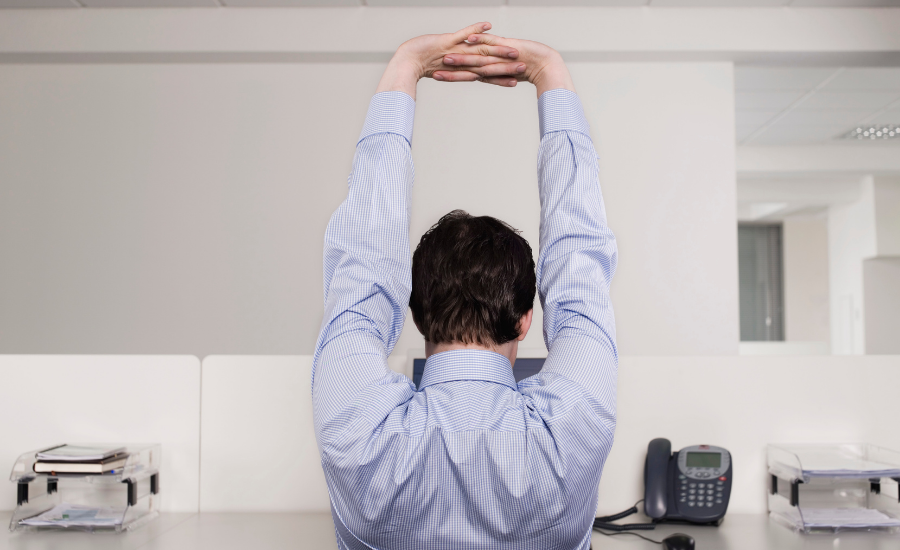We are now learning that prolonged sitting may be detrimental to health. Studies show sitting increases the risk for cardiovascular disease and mortality, type 2 diabetes and cancer. Perhaps most concerning is that these increased risks are independent of physical activity levels—meaning even with exercising regularly, there is still a risk for all of these diseases with prolonged sitting.
As your total sitting time increases, so does your risk.
It’s not just how much time you spend sitting in total; it’s about the duration of time spent seated without getting up to move around. Those who sit for less than 30 minutes at one time had a 55% lower risk compared to those who usually sat for more than 30 minutes at a time, according to a study focusing on learning more about the factors that increase a person’s risk of having a stroke.
“The more we sit the worse it is. The longer the duration spent sitting, the more negative the impact on our cardiovascular health,” according to Dr. Suzanne Steinbaum, director of women’s heart health at Lenox Hill Hospital in New York in a recent CNN report entitled, “Yes, sitting too long can kill you, even if you exercise.”
“Sitting is like the new smoking,” says Matthew Pacholko, Personal Trainer.
“Sitting is like the new smoking,” says Matthew Pacholko, B.Kin, a personal trainer at INLIV. “Most people understand the health risks of smoking now, but many are not fully aware of the negative impact of sitting.”
Matthew suggests taking a break several times a day to walk, and doing desk stretches – stretches at your desk can ease stress and loosen muscles that tighten while being seated for long periods of time.
- Take a stretching break two to three times each day.
- Hold each stretch until you feel mild discomfort. Try for 20 seconds or longer.
- Remember to breathe during stretching.
- Set a reminder on your smartphone to make it part of your daily office routine.
Check below for Matthew’s top six recommended desk stretches to do at home or the office.
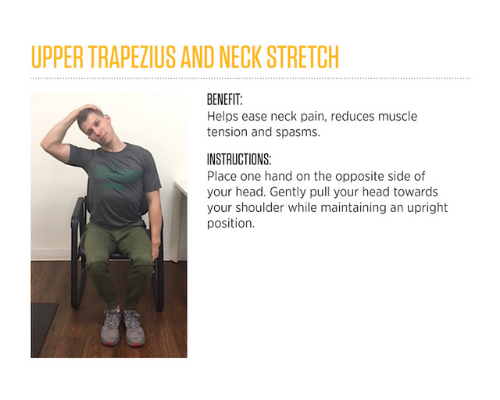
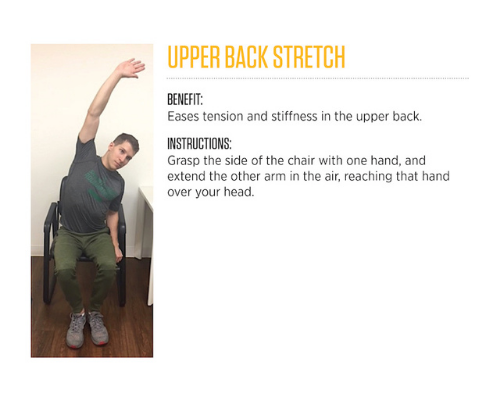
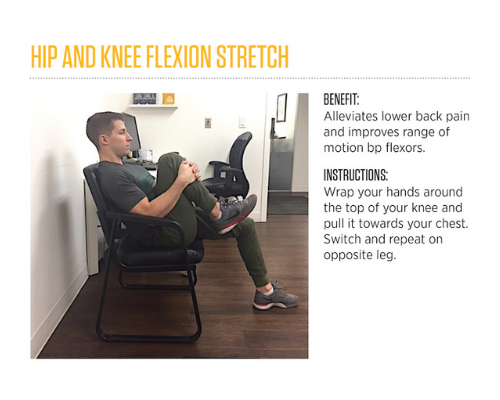
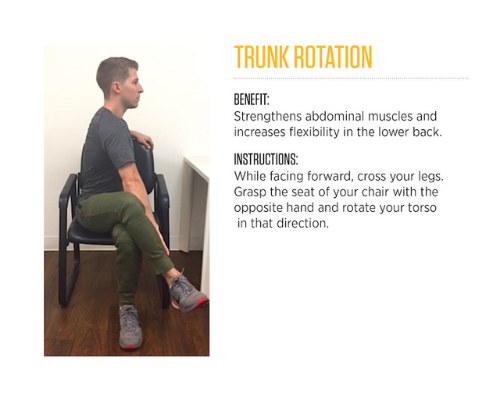
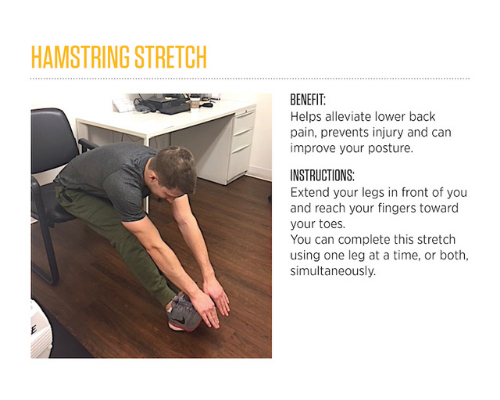
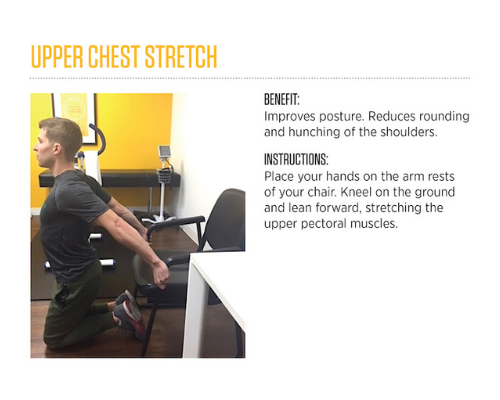
Here are a few additional tips to help keep you moving while at the office:
- Set a timer on your phone to remind you to get up every 30 minutes.
- Take a short walk around to improve blood flow.
- Don’t stay seated while you’re on the phone. Cell phones make it easy to stand and move about while you’re chatting.
- Plan ‘walk and talk’ meetings when you need to connect with a co-worker.
- Don’t forget to drink water.
For even more help to keep moving, book a training session with our Fitness & Movement Medicine team.

